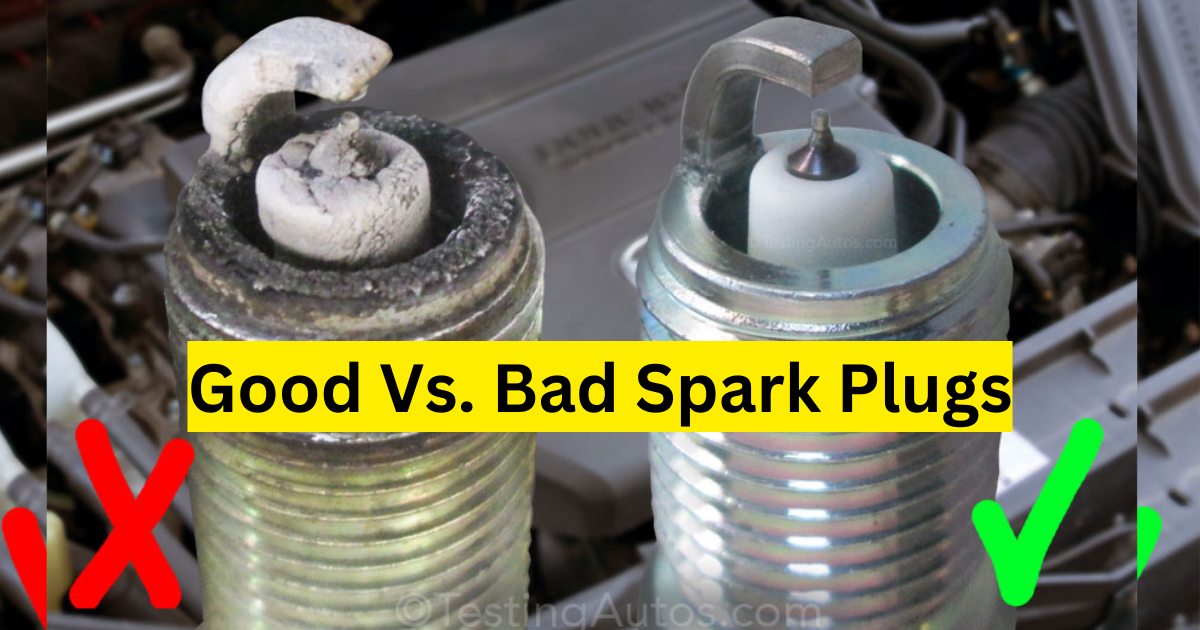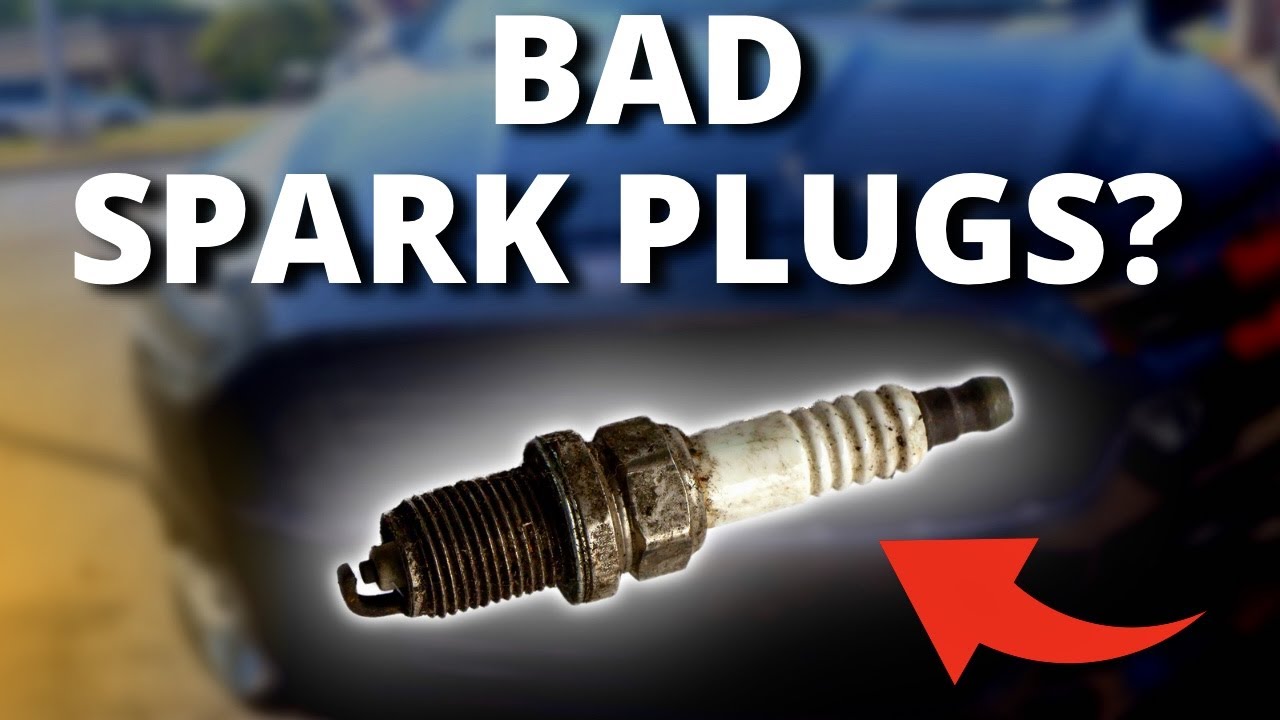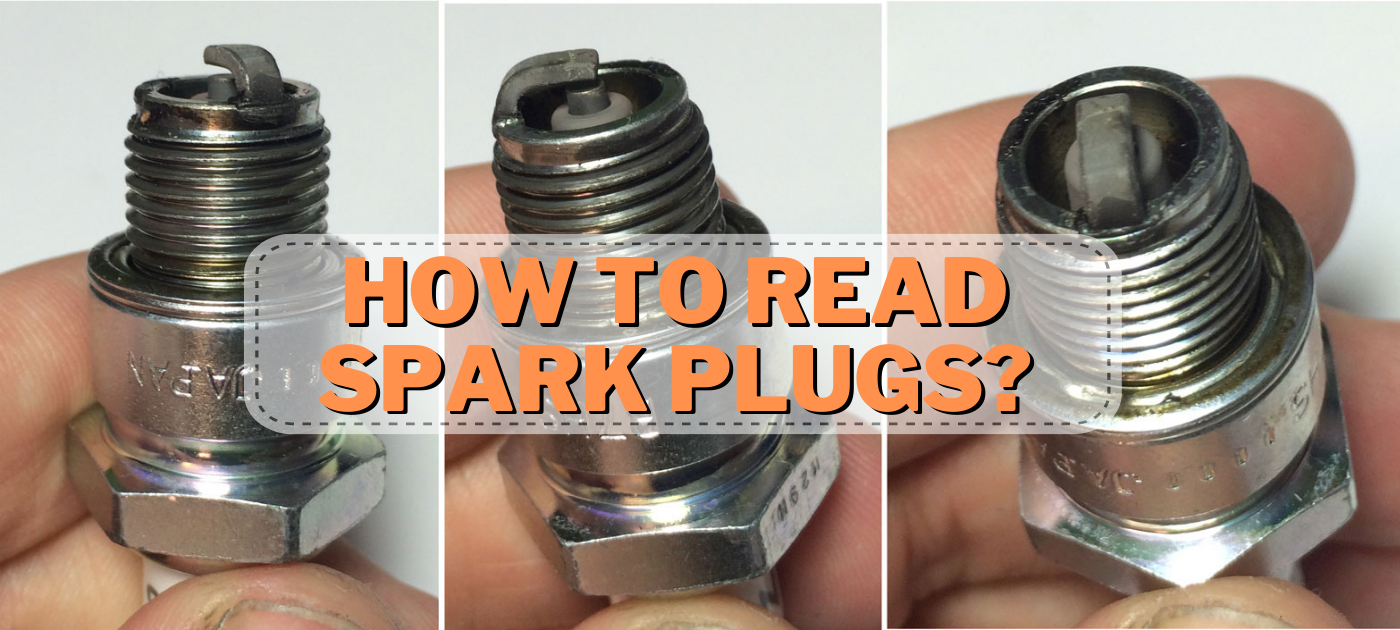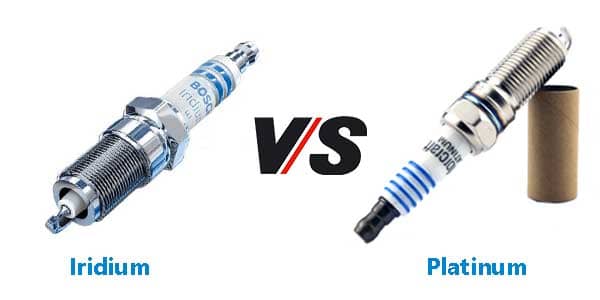To get your car started, the ignition system relies on spark plugs. A combination of fuel and air is ignited in the combustion chamber to accomplish this.
Having said that, there is a specific state in which they must be operating at peak efficiency. Just by observing them, you can tell. Taking them out of the hold and looking at them will tell you if everything is fine or if something went wrong. Here you can find some easy ways to tell good spark plugs from faulty ones.
Table comparing good spark plugs to bad spark plugs
| Good spark plugs | Bad spark plugs |
| Fresh looking plugs | Carbon-fouled plugs |
| Smooth running engine | Oil-fouled plugs |
| Good condition leads | Fouled plug leads |
| Signs of no burning | Burned looking plugs |
| Smooth running engins | Broken electrodes |
| Nothing is broken | Electrodes are broken |
| The spacing between the spark plugs is correct. | Uneven spark plug gap |
| Engins has starting problems or misfires | Engine misfires |
| good fuel econemy | High intake of fuel |
How does a brand-new spark plug look?
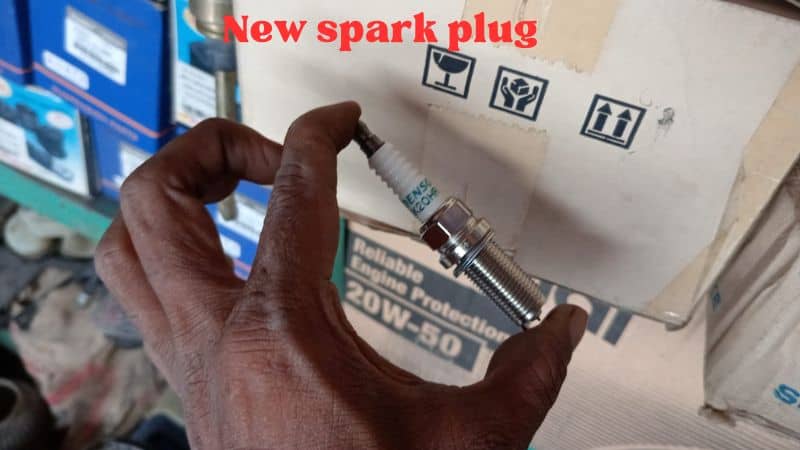
There shouldn’t be any sediment in the body, electrode, or insulator of a brand new spark plug. But if you’ve been using the plugs for a while, you can tell if they’re still good by looking at this. At the electrode side, or the end where the plug fires, a good spark plug should have a light or brownish coating.
Your spark plugs being moist is another possible symptom. Engine flooding can cause plugs to become moist. After cleaning, let them dry completely before reinstalling.
How does a bad spark plug look?
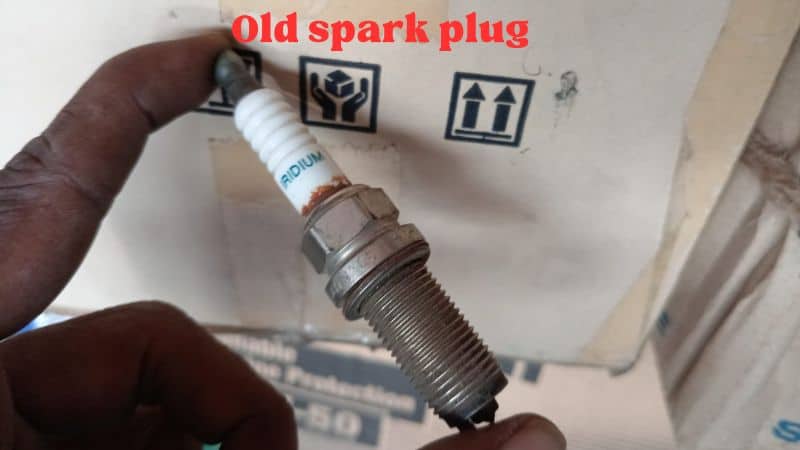
Bad spark plugs can have damaged or worn electrodes or insulator tips that look like they’re covered with oil, burned, fouled, or shattered. Other vehicles are affected by this. In case you’ve ever wanted to know how to identify a defective spark plug in a snowblower or any other vehicle, this might be a useful guide.
Carbon-fouled plugs
Spark plugs that have carbon fouling have dried or black soot covering the electrodes and insulator tips. Filters that aren’t clean, fuel that is too rich or too lean, prolonged idling, and slow speeds are all potential causes of plug fouling. Increased fuel consumption and slow acceleration are two of the many possible signs of black spark plugs.
Oil-fouled plugs
Plugs that have black, oily deposits covering the electrodes or insulator tips are called oil-fouled plugs. When oil seeps into the cylinders via cracked pistons or worn valve guides, this may occur.
Lead-fouled plugs
The insulator’s nose becomes coated in yellow deposits in lead-fouled plugs. This, too, would have to be changed.
Burned plugs
When spark plugs get too hot while operating, the electrodes may melt, blister, or develop white deposits; this is known as burned spark plugs. Overheating the engine, using the wrong ignition timing, or using the inappropriate heat range are all potential causes of spark plug burns. Lean or rich gasoline, loose plugs, and others are also possible. Who needs to know the symptoms of a faulty spark plug? Now this one.
Worn electrodes
The spark plugs are past their expiration date and need to be replaced if the firing end appears worn. If your spark plugs are old, they might not produce enough spark to start your engine.
You can tell if the spark plugs are old or damaged by listening for noise, in addition to looking. How does a malfunctioning spark plug sound? Your engine will make a sputtering sound when you start it if the plug is faulty. Another thing you might find is that it takes longer for your engine to start.
Broken electrodes
Thermal expansion or heat from a sudden change in temperature can cause an electrode to crack. You may have installed the wrong spark plugs if you notice that some of the plugs have damaged electrodes.
Wrong spark plug gap
Your engine’s performance may suffer, but it’s not necessarily due to a faulty spark plug. The spark plug gap measures how much space there is between the gap’s tip and the center electrodes. The standard range for spark plug gaps in automobiles is 0.6 to 1.8 mm.
How are good spark plugs different from faulty ones?
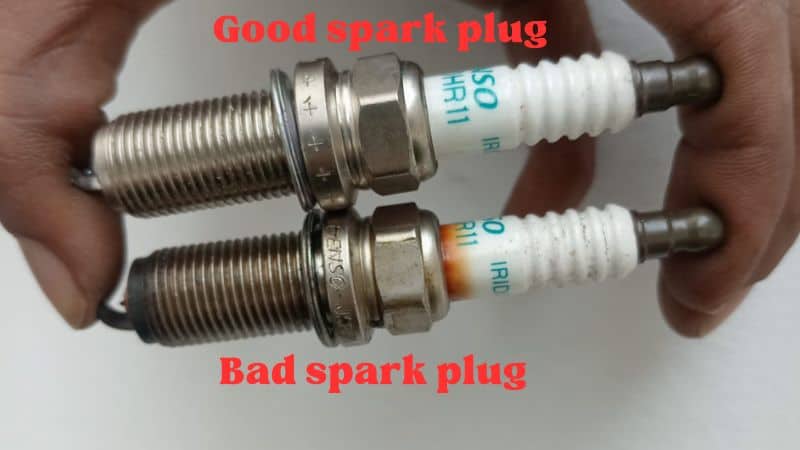
Looks and functionality are the two most distinguishing features of high-quality and low-quality plugs.
look
The electrode of a properly working plug should only show mild grayish or brown deposits. Typically, the electrodes or insulators will show signs of wear or black deposits if the plug is defective.
Performance
When you have a high-quality plug, your engine will start easily and run smoothly. Your gas mileage may drop and your engine will misfire if the plug is faulty. The engine may stall, create a sputtering or rattling sound, or misfire due to a spark plug.
Another cause of engine misfires is faulty oxygen sensors or a fuel filter that is clogged. The check engine light coming on could be caused by a number of causes, but one of them is an engine misfire. Use an OBD II scanner for a sure diagnosis.
Conclusion
You should now be able to tell a quality spark plug from a subpar one. I have detailed the appearance of a healthy spark plug and how to identify defective ones visually. Just by taking each plug out and looking at it, you can tell how good or bad they are.
